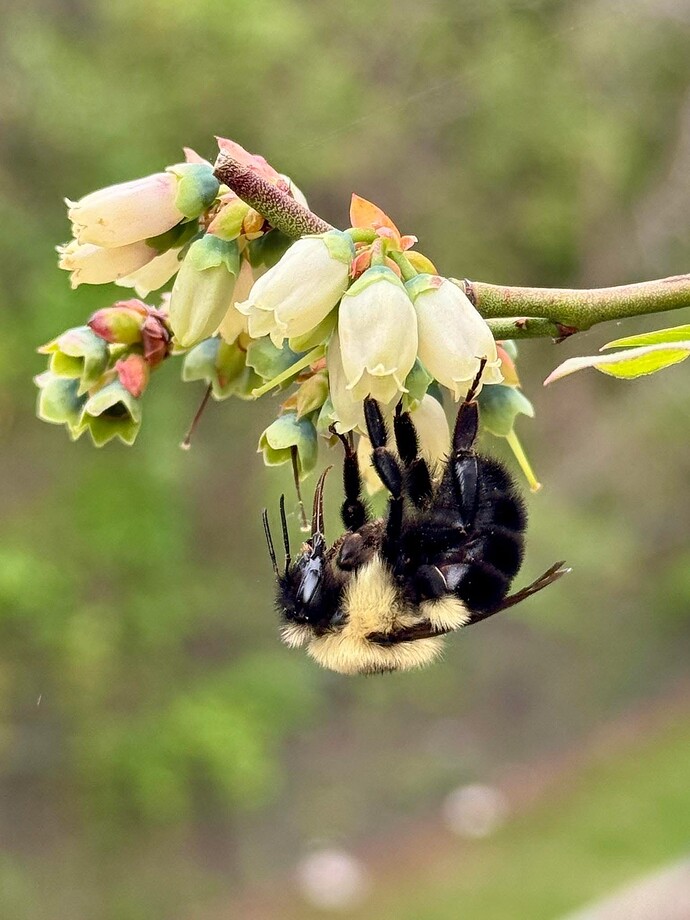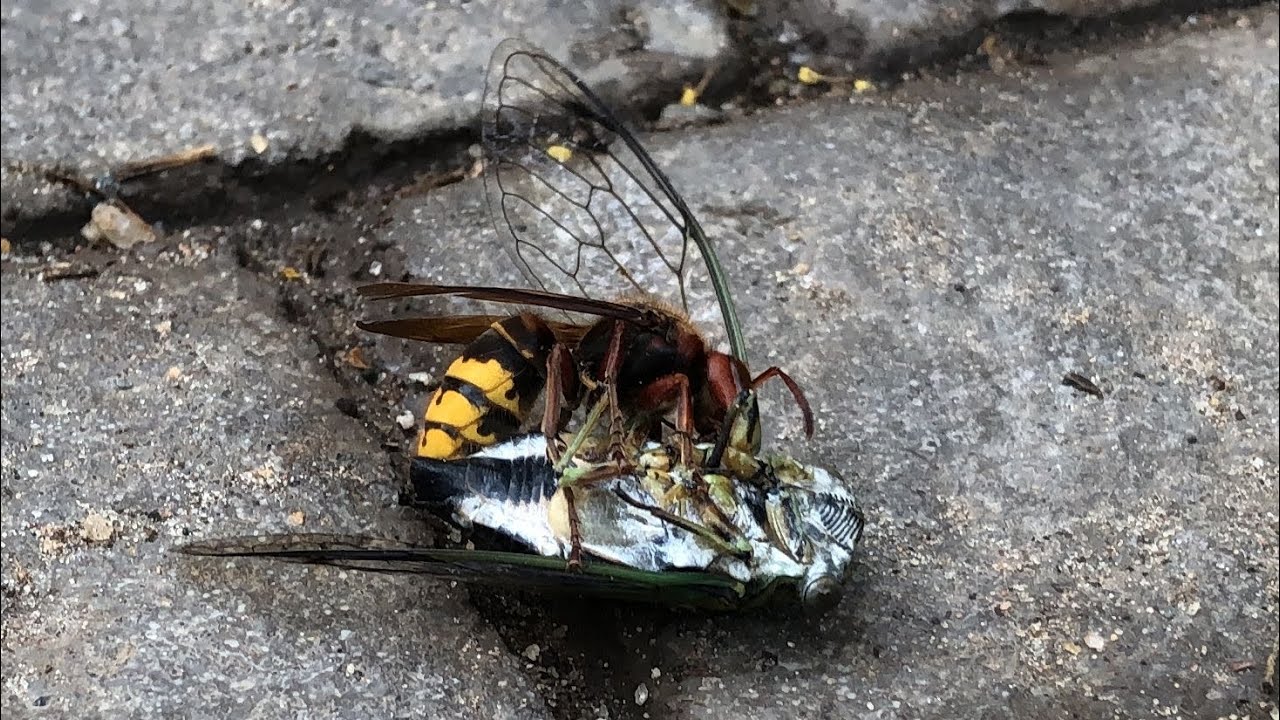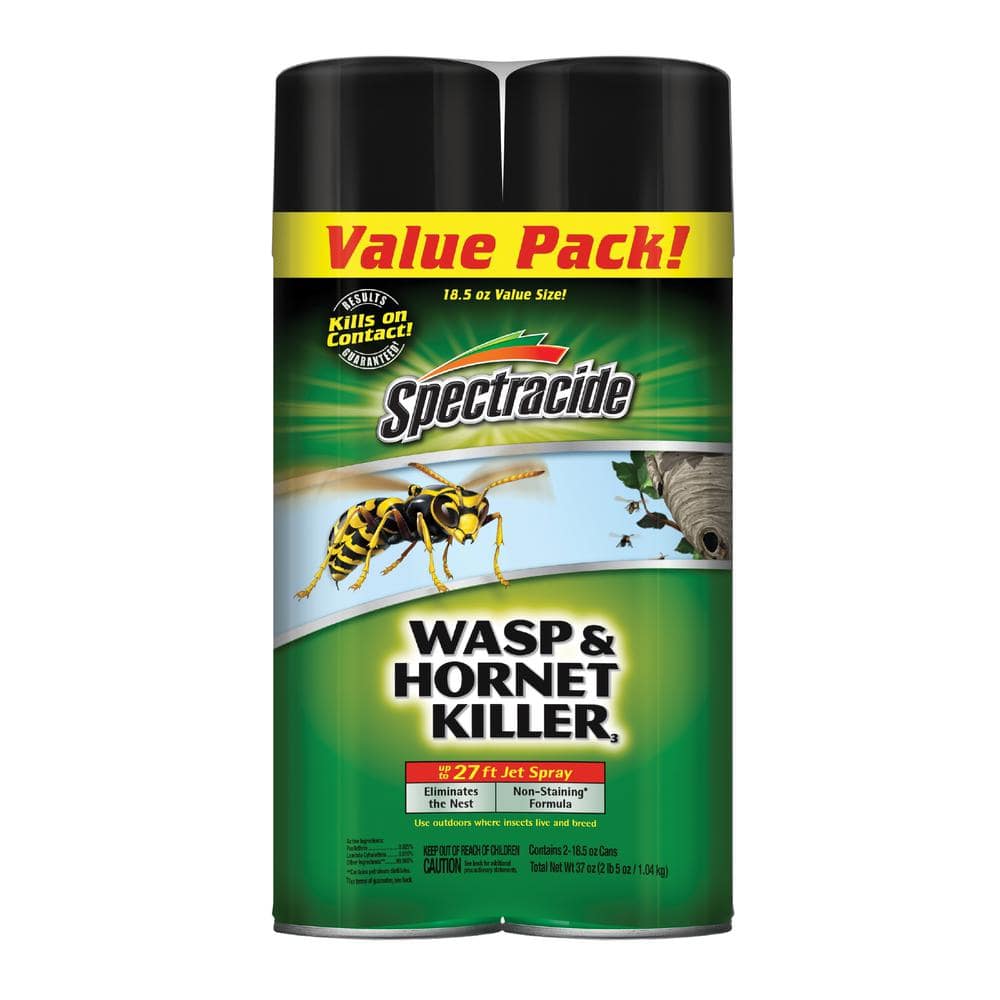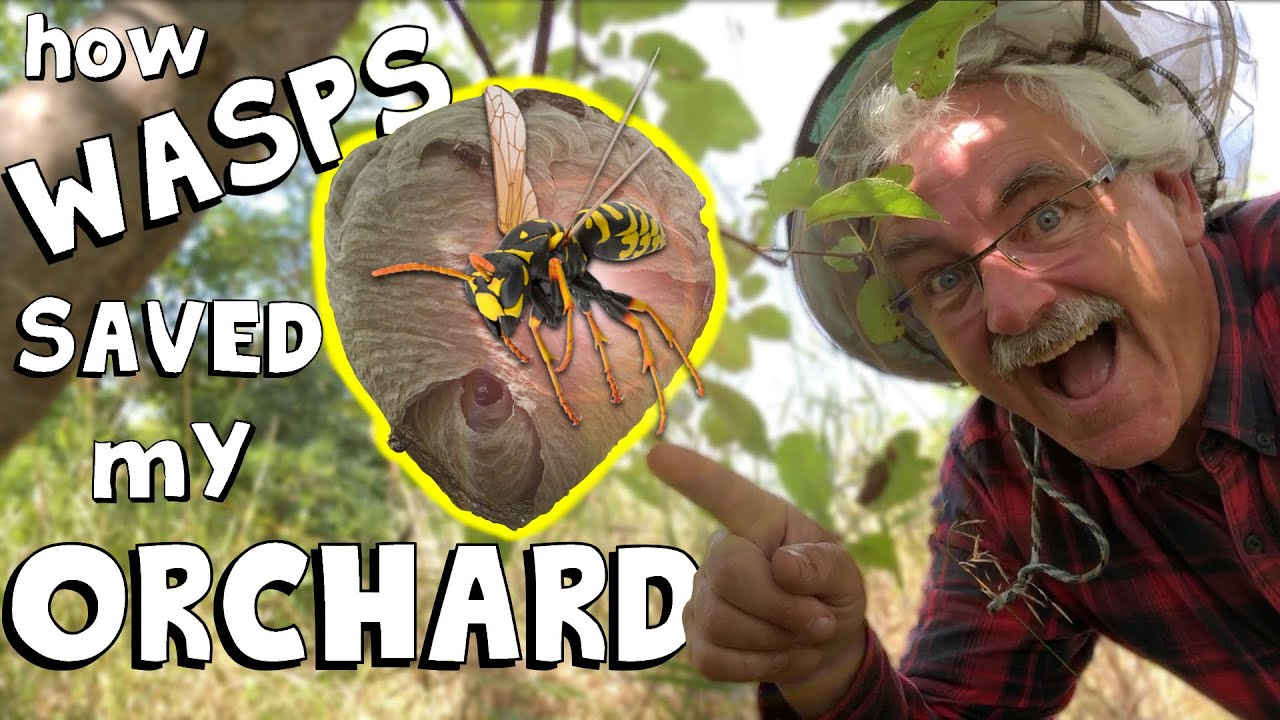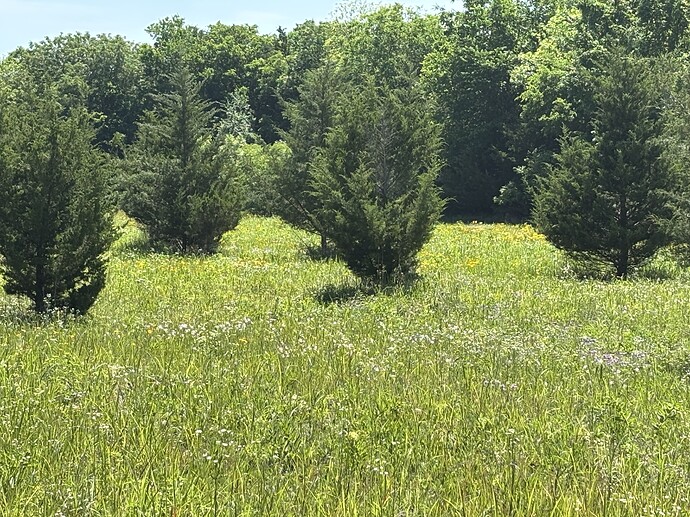I’ve read that hole living bees like holes 8+ inches long. ![]() keep us updated on that pollinator hotel?
keep us updated on that pollinator hotel?
My fuzzy friends this morning
2 more have found out about the buffet.
I’ve noticed they seem to like different things at different times. When it’s over 70 degrees, they seem to like blueberries vs under and its lavenders
My masons do… i had no idea i had so many mason bees until i put these up.
All sizes of those holes are being used by mine… theres no sense in trying to define it any further than the bees obviously have chosen this as their egg laying spot. I placed two further away to see if it made any difference and it does. Almost no activity at the ‘private residences’. They seem to prefer ‘the projects’ and community life best. Tens maybe hundreds of holes are sealed with mud so there is eggs and pollen in there.
I noticed a mason bee yesterday at an industrial building…it was going in and out of a hole in a cinder block where a screw or nail once was.
Im a reader too…but sometimes with some creatures you just have to watch and learn instead of read what humans say. I had no plans on doing this until they told me they wanted my old bamboo sticks. On the underside of some of my tables on my porch there are some screw holes that are maybe 3/4 deep all are filled with mud now… so my masons arent super picky…they just want a hole to fill.
Zebra Swallowtail. Looks like it just emerged; pawpaw is its larval food plant.
It blends in so well!
I just planted three rosa rugosa roses - type that grow wild on beach dunes. Not native here but too bad- they smell fantastic- a category above everything else I grow-- and the big bumblebees love them. Just have to dissuade the Japanese Beetles who recognize RR from the old country.
My pollinator garden is what kicked my whole fruit thing off. The asters were a massive hit, I particularly like the New England aster. The frost asters were covered with pollinators, but I had to remove several of them since they were kinda taking over.
I’m going to drill holes in some of my fence posts when I’m back from my vacation, hopefully it will discourage the bees from making holes in the brick grout on the house.
I planted a Rugosa Rose Hedge alongside my property line where I do actually have a couple neighbors. I started doing this before I started planting fruit trees with the idea that it would provide a buffer of my spraying and other activities.
I did a rototilled row 4’ wide and planted 2 rows of rooted cuttings. I kinda just kept going with it, as my orchard rows kept getting longer, until finally the hedge was about 700’.
It was great for many years but then the birds who are also attracted to it would deposit all kinds of seeds with their poop, mostly blackberry which is a big weed here, and the hedge was too dense for me to enter and clear out the weeds so end result was a slow transition of rose to mostly blackberry.
I guess if I did it again I would keep the rose hedge a single layer so I could work under it.
The bonus crop is the rose hips! I have used them in various concoctions I have made and many customers have wanted to u pick them.
I thought this was a mouse doing this but turns out it’s a bumblebee! She’s finally found a safe place right next to my door in a box… I’m leaving it here
Im going bigger this year on sunflowers… i have a space about 50 foot long next to a fence where black rasps used to be. Getting 1lb of striped sunflower seed and going to use 1 lb of black oil seed from what i already feed…and probably 4 or 5 packs of Lemon Queen from the dollar store. So investment is pretty cheap at under $10. Let the bees and things have their way with them…then the birds then finally into the chicken run.
Sunflowers are such an amazing display! When I first bought this abandoned farm I used to direct seed a lot of things like sunflowers along new fences I was building. Those were the glory days of flowers. Now the mice all seem to know me too well and its nix to direct seeding. ![]()
my ALDI has nice hummingbird feeders now… i picked one of the last purple ones… which i like. I think they had red and blue also.

I didn’t think to mention this until now but my mother has been feeding the hummingbirds for decades now, and a couple of years ago she discovered that Dollar Tree carries these seasonally:
They are now her favorite style of hummingbird feeder. The only drawback is that there isn’t a good way to place a small piece of loose cheesecloth over the ports, spaced half an inch back in order to keep wasps and bees at bay, unlike how she manages this style of feeder:
(stock image)
I have those too… the bottoms of mine start leaking after awhile. I also have the other one style that you pictured… it was sold at ALDI a few years ago. All of my ALDI and Rural King glass ones are still working and usable. I usually add one or two per year when they catch my eye.
I mix at 3 to 1 just sugar and water… then i take everything down in mid july or so when my flowering things are in full stride. They are more interested in Jewel Weed, Honeysuckle, Trumpet Creeper and my Jacobs Cline Bee Balm than the feeders at that point… not to mention the ants start kamikaze and fill the feeders with dead bodies.
My SWD will probably be worse this year if we have a wet humid summer… (i hope not)…but the hummingbirds seem to enjoy them.
Have you tried an “ant moat” to keep the crawling insects at bay?
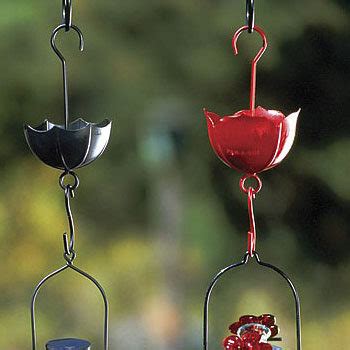
(generic online picture)
My mother puts hers into play when she observes that the ants have become a problem. All you do is just fill the cup with enough water and the ants don’t bother trying to cross it.
I noticed some posts about hornets and wasps on the blackberry thread… I am always learning myself so heres some ‘facts that i found on the internets’.
Bald Faced Hornet-
‘Bald-faced hornets feed on many pest insects. The adults eat nectar from flowers, making them important pollinators, but they also feed insects and arthropods to their larvae. If you live in an area where nesting conditions are favorable, you may get them.’
Paper Wasps-
‘mainly feed on nectar’ also feed on larvae of caterpillars and aphids and beetles.
Ok so on paper they are ‘beneficial’… they tirelessly remove unwanted pest larvae as well as pollinate some… although not as effective as other bees.
But wait theres more…
By not killing hornets and wasps…the predators like bug eating birds, reptiles and bug eating predators also thrive by eating wasps and hornets as well as the many other pests you may have.
Tough call for us all… as we all plant things that attract pests… but with that you also attract things that eat those pests. If you upset that balance you yourself will have to take on the job of the hornet or wasp or predator insect and bird.
For those of you following cicadas (or locusts as my locals call them)… you may see what you think is a nasty hornet and be afraid… even the cicada has a wasp (Eastern Cicada Wasp)… i hope to see them myself.
Option 1-
Option 2-

